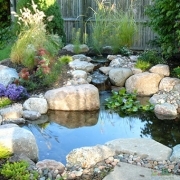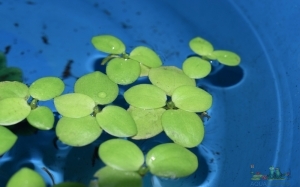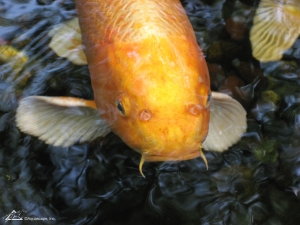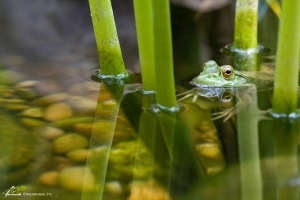Types of Beneficial Bacteria for your Pond’s Water, Plants, and Fish
As mentioned earlier, beneficial bacteria are key to a pond’s ecology. There are many different types of beneficial bacteria, each with its own unique role to play in the overall health of the pond. Here is a closer look at some of the most important types of beneficial bacteria for a pond:
Beneficial bacteria are essential for the health of a pond’s ecosystem. By understanding the different types of beneficial bacteria and their roles, you can ensure that your pond is healthy and thriving.
Thanks for reading at Meyer Aquascapes! We hope you’ve enjoyed our post on garden pond design. Please leave a comment below if you liked it or have any questions. We’d love to hear from you! Thanks for stopping by!

 meyer aquascapes
meyer aquascapes





 meyer aquascapes
meyer aquascapes